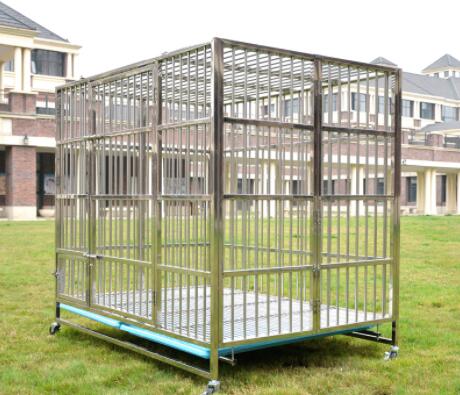Punched metal, often referred to as perforated metal, is a versatile and innovative material that has gained popularity across various industries. This technique involves creating holes in metal sheets using a punching machine, which can produce a plethora of designs and patterns. The resulting product is not only visually appealing but also functional, making it an excellent choice for many applications.
One of the primary benefits of punched metal is its lightweight nature. Despite being made from solid metal, the holes significantly reduce the overall weight of the material without compromising its strength. This makes it easier to handle and install, especially in construction and architectural settings. For instance, punched metal is commonly used in facades, railings, and partitions, adding both aesthetic value and practicality.
Moreover, punched metal offers superior airflow and light penetration, which can be particularly advantageous in design and engineering contexts. In ventilation systems, punched sheets allow for efficient air circulation while maintaining a degree of privacy or shelter. This characteristic is particularly useful in applications such as noise reduction panels, where sound insulation is required without completely obstructing airflow.
Artistic expression is another domain where punched metal shines. Designers and artists frequently utilize this material to create stunning installations, sculptures, and decorative panels. The adaptability of punched metal allows for intricate designs that can be customized to fit specific themes or architectural styles. Whether it’s a modern art piece or a classic façade, punched metal can seamlessly integrate into a variety of environments.
punched metal

In the automotive and aerospace industries, punched metal is lauded for its performance and durability. Components made from punched metal can withstand extreme temperatures and pressures, making them suitable for high-stress applications. Additionally, the process of punching can be optimized for mass production, leading to cost savings and efficiency.
Furthermore, the sustainability aspect of punched metal cannot be overlooked. As it is often made from recyclable materials, it contributes to environmentally friendly practices. Manufacturers can create products that not only meet functional and aesthetic requirements but do so with minimal environmental impact.
In summary, punched metal stands out as a remarkable material that combines strength, lightweight properties, aesthetic versatility, and environmental sustainability. Its applications are diverse, ranging from construction and art to automotive and aerospace industries. As technology advances, the possibilities for punched metal continue to expand, ensuring its relevance in modern design and engineering for years to come.

















